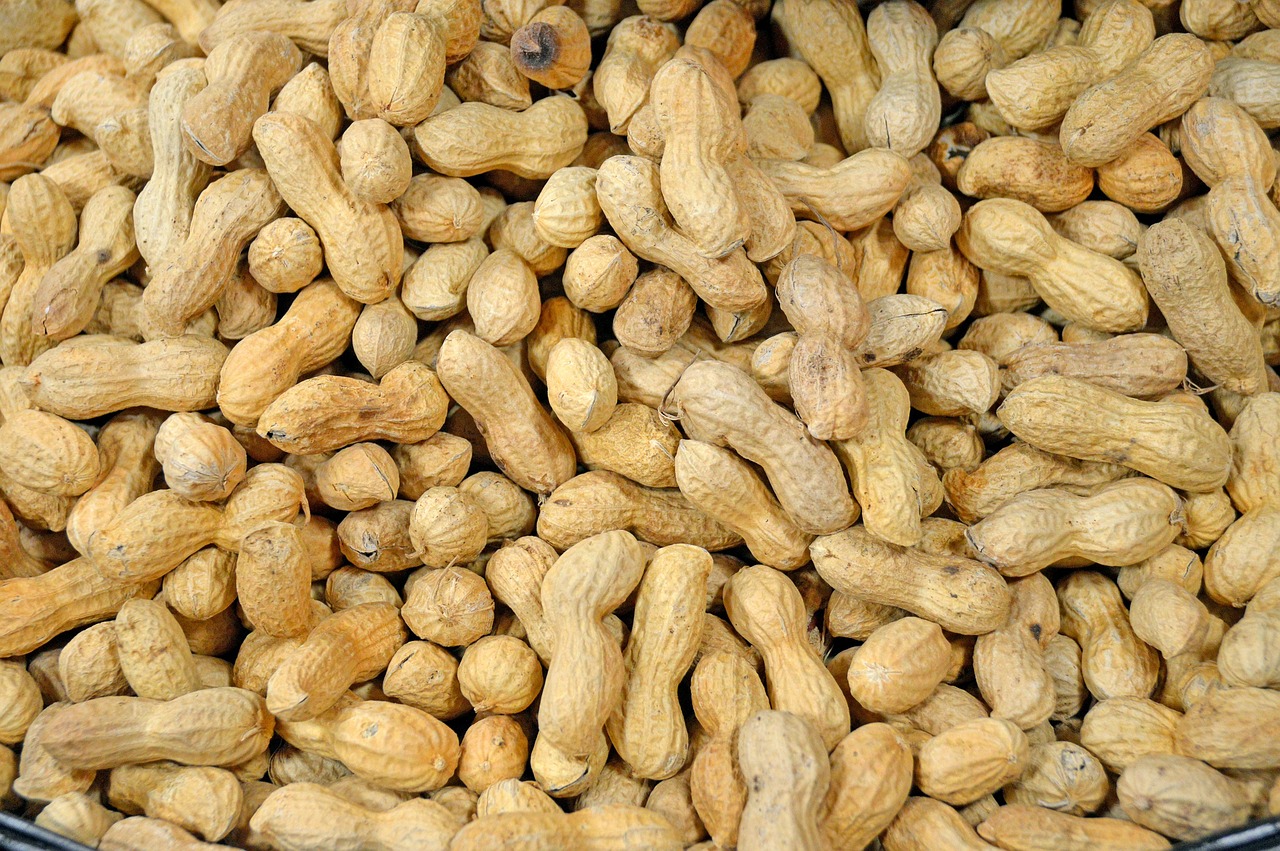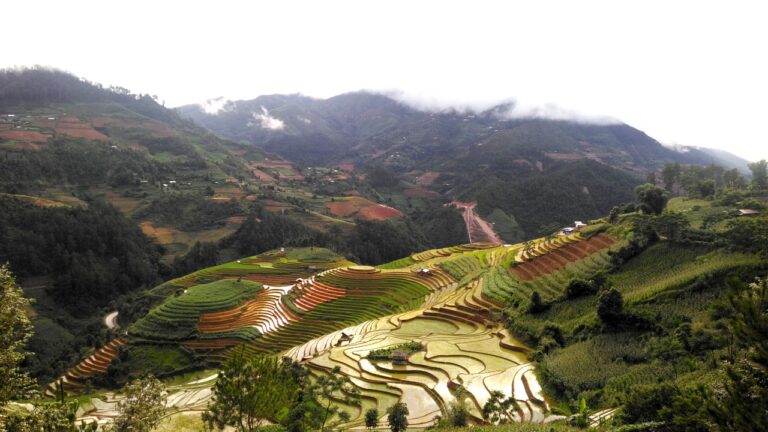The Impact of Population Growth on Poultry Demand: 99 exchange login, Laser 247 deposit number, Yolo247 apk login
99 exchange login, laser 247 deposit number, yolo247 apk login: Population growth plays a crucial role in shaping the demand for poultry products worldwide. As the global population continues to increase at a rapid pace, the demand for poultry meat and eggs is also on the rise. This growth has significant implications for the poultry industry, affecting everything from production methods to pricing strategies. In this article, we will explore the impact of population growth on poultry demand and how the industry is adapting to meet these changing needs.
The Global Population Boom
The world’s population is currently estimated to be around 7.9 billion people and is expected to reach 9.7 billion by 2050. This rapid increase in population is putting pressure on food production systems to meet the growing demand for protein-rich foods, such as poultry meat and eggs. Poultry products, in particular, are favored for their affordability, versatility, and nutritional value, making them a staple in diets around the world.
Changing Demographics and Dietary Preferences
As populations grow and become more urbanized, dietary preferences also evolve. In many developing countries, there is a shift towards a more westernized diet, which includes a greater consumption of poultry products. This trend is driven by factors such as rising incomes, increased access to supermarkets, and changing lifestyles. As a result, the demand for poultry meat and eggs is expected to continue to rise in these regions.
Environmental Sustainability Concerns
The increasing demand for poultry products comes with its own set of challenges, particularly in terms of environmental sustainability. Poultry production is resource-intensive, requiring large amounts of water, feed, and land. Additionally, the industry is a significant contributor to greenhouse gas emissions and pollution. As the global population grows, these concerns are becoming more pronounced, leading to calls for more sustainable production practices and greater transparency in the supply chain.
Technological Innovations in Poultry Production
To meet the growing demand for poultry products while addressing sustainability concerns, the industry is turning to technological innovations. From genetic selection and feed additives to smart farming and precision agriculture, these advancements are helping to increase productivity, reduce environmental impact, and improve animal welfare. Modern poultry farms are equipped with monitoring systems, automated feeders, and climate control systems to optimize production efficiency and ensure the well-being of the birds.
Market Dynamics and Pricing Strategies
Population growth is not the only factor influencing poultry demand; market dynamics and pricing strategies also play a significant role. Fluctuations in feed prices, disease outbreaks, trade policies, and consumer preferences can all impact the demand for poultry products. As a result, poultry producers must constantly adapt to market conditions, adjusting production levels and pricing strategies to meet consumer needs while maintaining profitability.
Regulatory Environment and Food Safety Standards
In addition to market dynamics, poultry producers must also navigate a complex regulatory environment and adhere to strict food safety standards. Governments around the world have implemented regulations to ensure the safety and quality of poultry products, covering everything from hygiene practices and animal welfare to labeling and traceability. Compliance with these regulations is essential for maintaining consumer trust and market access.
The Future of Poultry Demand
Looking ahead, the future of poultry demand will be shaped by a combination of population growth, changing consumer preferences, technological advancements, and regulatory requirements. As the global population continues to increase, the demand for poultry products is expected to rise, presenting both opportunities and challenges for the industry. By adopting sustainable production practices, investing in innovation, and staying abreast of market trends, poultry producers can position themselves for success in a rapidly evolving landscape.
FAQs
Q: How does population growth impact the demand for poultry products?
A: Population growth drives an increase in the demand for protein-rich foods, such as poultry meat and eggs, as more people need access to affordable and nutritious sources of protein.
Q: What are some of the challenges associated with meeting the growing demand for poultry products?
A: Challenges include resource-intensive production methods, environmental sustainability concerns, market fluctuations, and regulatory requirements.
Q: How is the poultry industry adapting to meet the changing needs of consumers?
A: The industry is investing in technological innovations, such as smart farming and precision agriculture, to increase productivity, reduce environmental impact, and improve animal welfare.
Q: What role do market dynamics and pricing strategies play in shaping poultry demand?
A: Fluctuations in feed prices, disease outbreaks, trade policies, and consumer preferences can all influence the demand for poultry products, leading producers to adjust production levels and pricing strategies accordingly.
Q: What does the future hold for the poultry industry in terms of demand and sustainability?
A: The future of the poultry industry will be shaped by a combination of population growth, consumer preferences, technological advancements, and regulatory requirements. By embracing sustainability and innovation, poultry producers can meet the growing demand while addressing environmental concerns.







